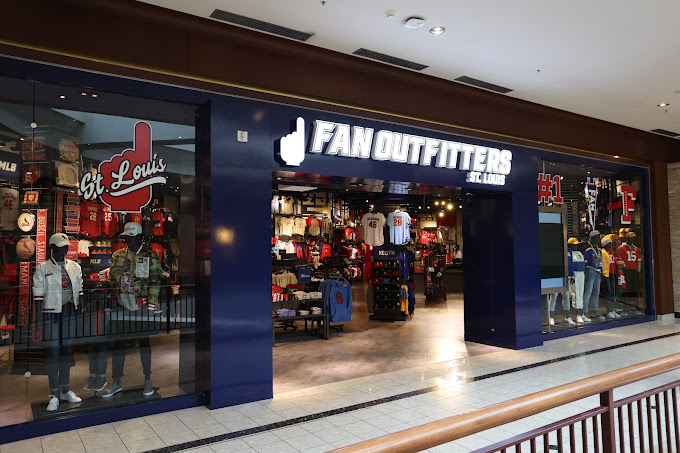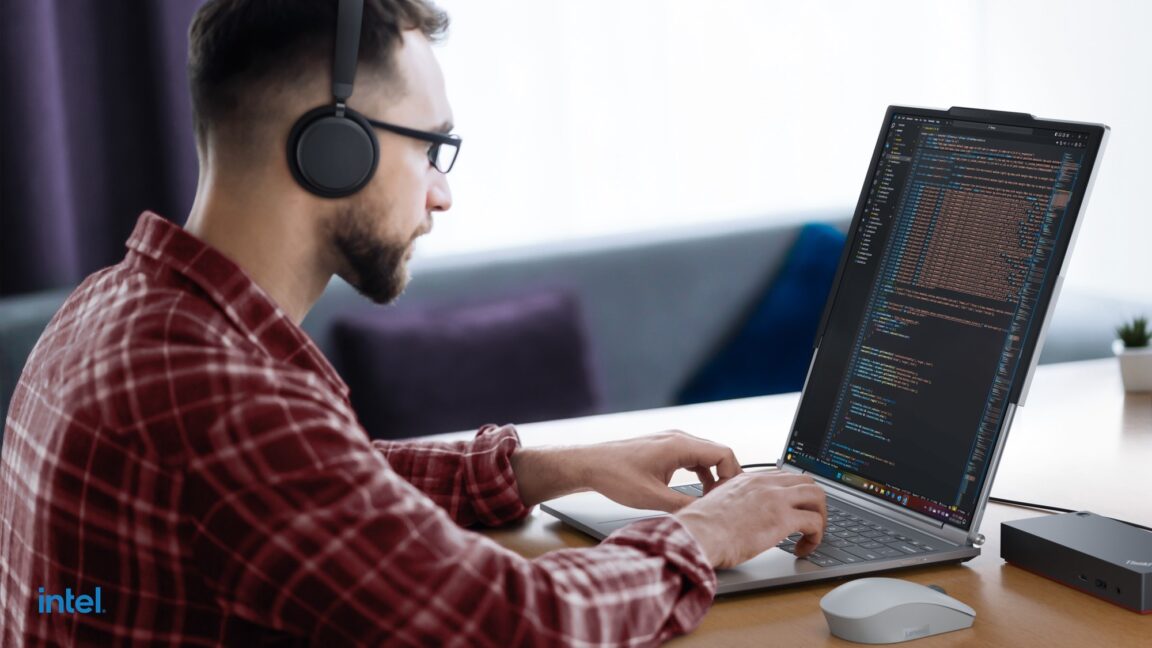Sports
Fan Outfitters aims to win over local sports fans with new stores

Fan Outfitters is rapidly expanding its hyperlocal merchandising model to more areas in the U.S.
Just six months after launching the concept, Fan Outfitters now has 12 stores opened in cities like Phoenix, Dallas and Oklahoma. Fan Outfitters, Lids Sports Group’s new business unit, aims to be a one-stop shop for sports fan merchandise. It recently opened its first Ohio store in February and a North Tampa location in January.
The retailer wants to be the go-to spot for high-quality fan merchandise. To do so, the company is personalizing each store’s decor and merchandise to match the teams that each store is located in. The goal is to create a unique, specialized retail store experience that convinces fans to buy their merchandise from a localized store like Fan Outfitters, rather than from a big-box chain’s e-commerce site. The company is rapidly expanding its store count with multiple stores planned in some cities.
“We have lofty goals. We think that there are hundreds of stores to open in a very short amount of time,” said Sean McCabe, vp of corporate strategy and development at Lids. “I can very quickly see this concept growing into 200 or 300-plus stores.”
In 2009, Fan Outfitters was founded by two members of the Dawahare family (the family that owned the former Dawahare’s department stores) in partnership with former University of Kentucky quarterback Tim Couch. Fan Outfitters, which at that time was a local fan shop in Kentucky, was then acquired by Lids in 2013 and had been integrated into the business. Six months ago, Lids resurrected the sporting goods retailer as its own business unit, Private equity firm and Lids’ parent organization Ames Watson told Axios in 2022 that Lids has generated $1 billion in revenue.
“We knew that we could do a lot more for the local fan than we’re doing in our Lids stores because our Lids stores are very national focused. It has every team and every league. It serves everyone,” McCabe said. “We wanted to bring the deepest assortment, the biggest selection, and basically a wow factor for all the local customers.”
Fan Outfitters sells team jerseys, hats and collectible items like trading cards and replica helmets. Its stores, which are 5,500 square feet on average, have merchandise for 12 to 15 teams each. In addition to pro and collegiate sports, McCabe said the company also sees an opportunity to offer fan merchandise for high schools and universities with a strong alumni base.
“When you think about others in the space, you typically see a very basic and core assortment. You have some headwear, some sweatshirts, maybe some jerseys and T-shirts,” McCabe said. “It’s nice and well done but in the end, it’s boring to the true fan.”
McCabe said that its assortment of products in stores is a key part of Fan Outfitters’ localization strategy, but the company also offers unique elements to its stores. Fan Outfitters offers customization services in stores for people who want to get a personalized t-shirt or jersey of their favorite team. The store itself has TVs that play local sports channels and the decor emphasizes local sports teams.
Fan Outfitters is also strategic about where it is opening stores. McCabe said that when Fan Outfitters enters a market, the company intends to open multiple stores in that area. For example, after opening its North Tampa location in Florida, the company plans to open another store in St. Petersburg and South Tampa. A year from now, McCabe said the company will likely have around 10 stores in Tampa.
The company sees the fan merchandise category as a “white space” it could fill. Big-box retailers like Dick’s Sporting Goods and Walmart are also competing for sports fans’ spending dollars.
Rebekah Kondrat, founder of Rekon Retail, said that going on a store opening blitz can be beneficial. Brands can quickly be more recognizable to customers who may not have heard of them in the past. Kondrat said brands can also spread out capital expenditures, such as design and merchandising costs, across multiple stores.
However, opening multiple stores at once can also be risky. Kondrat said retailers that expand their presence too quickly might have little room to learn from their mistakes. “Inevitably you’re not going to get it right the first time,” she said. “If you open 200 [stores], and then if there are things that don’t work, you now have 200 doors to correct.”
Fan Outfitters’ McCabe said that the company is benefitting from the word of mouth the stores are generating. The company is investing in in-store events, such as player meet-and-greets, to drive more store traffic. Each market will also get a unique social media handle.
“The only way that we’re going to succeed is if we have the best products and the biggest selection of products in the market,” McCabe said. “We want our fans to come in and see the largest selection that they simply just can’t get anywhere else.”









